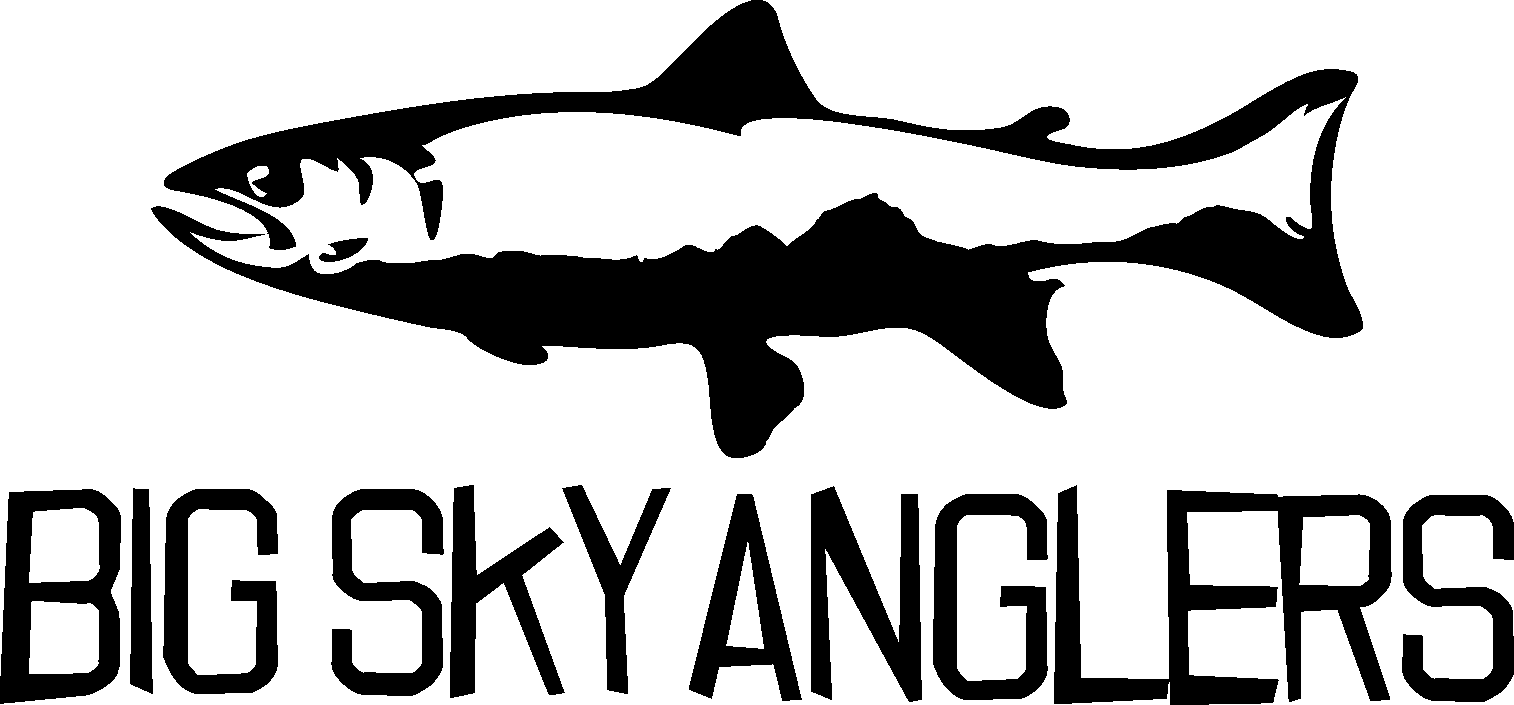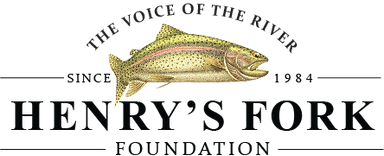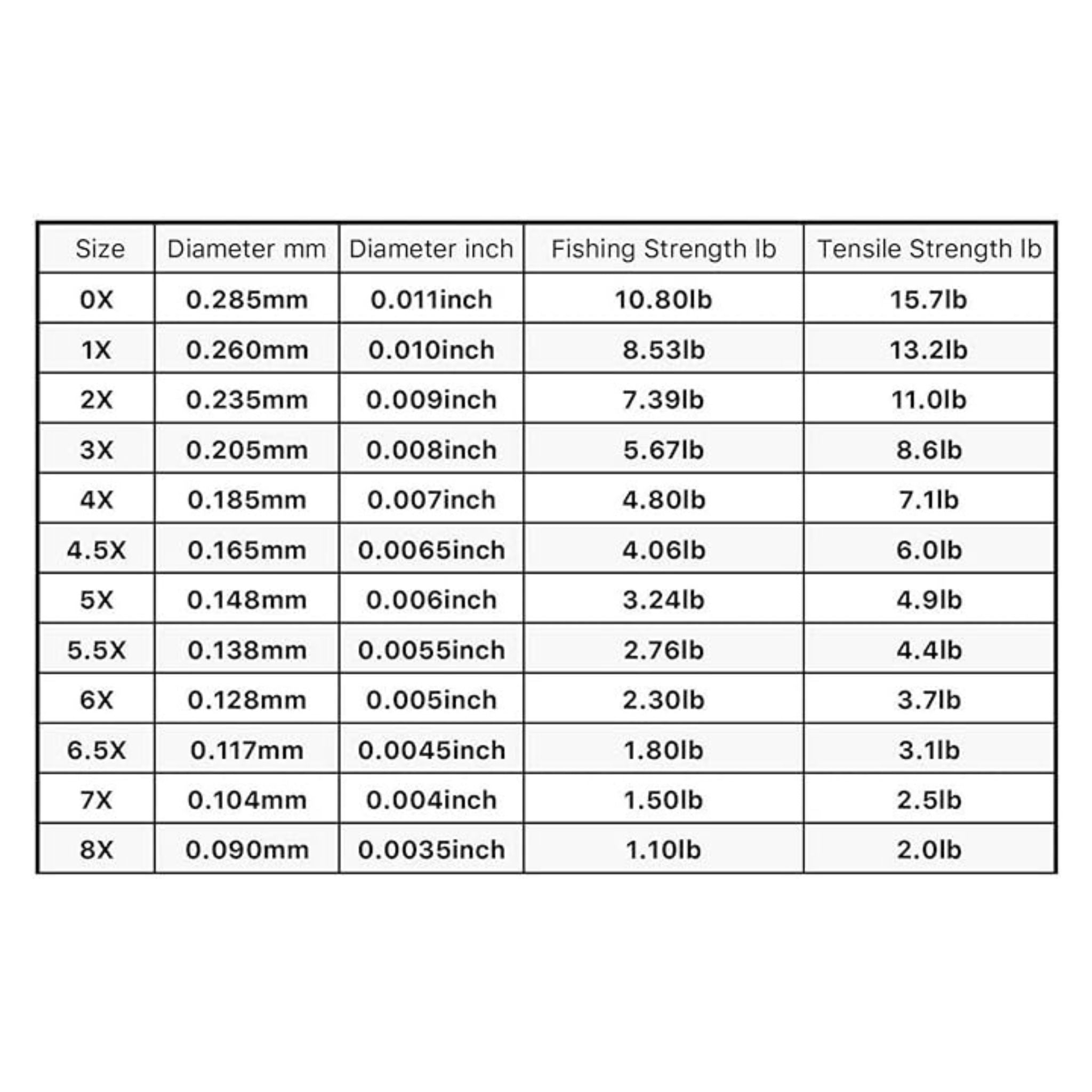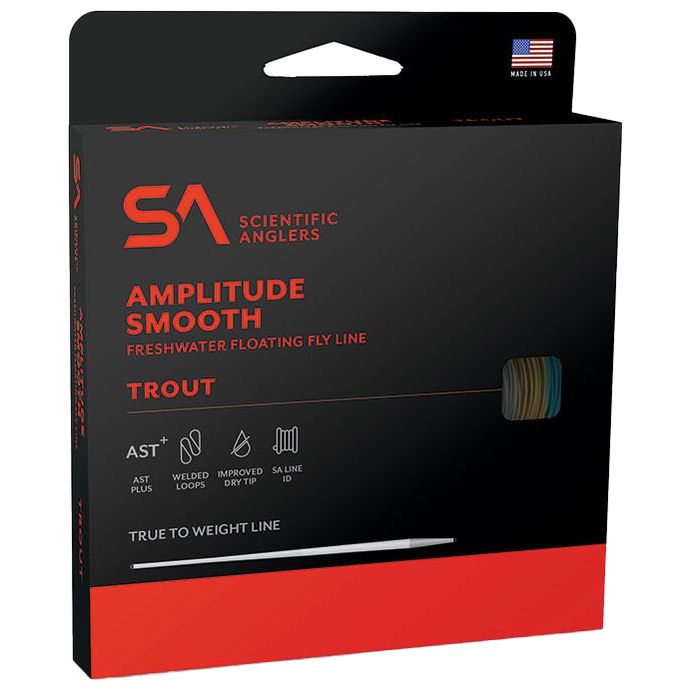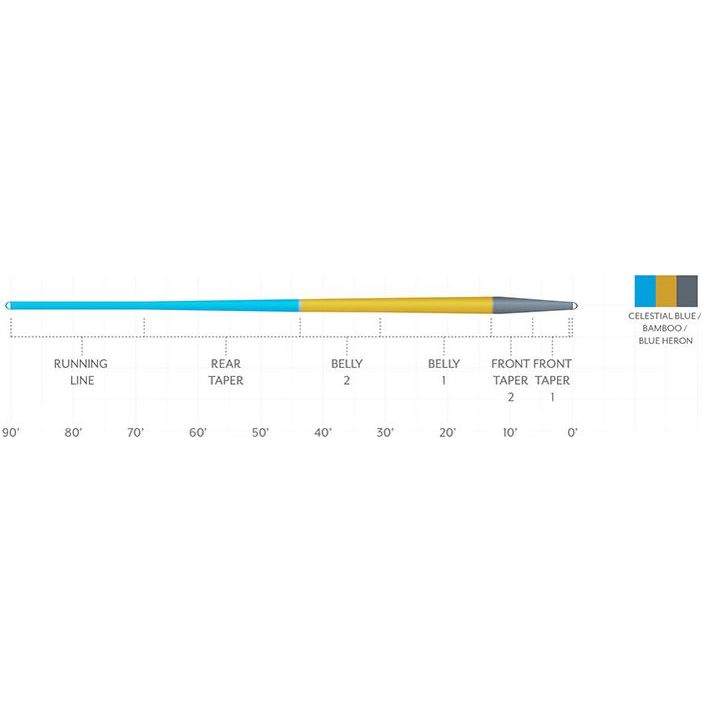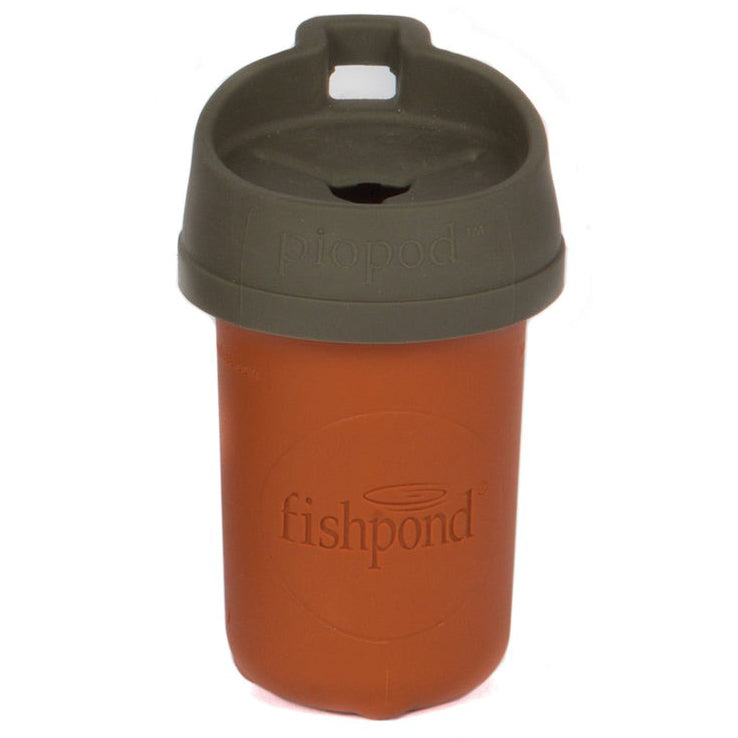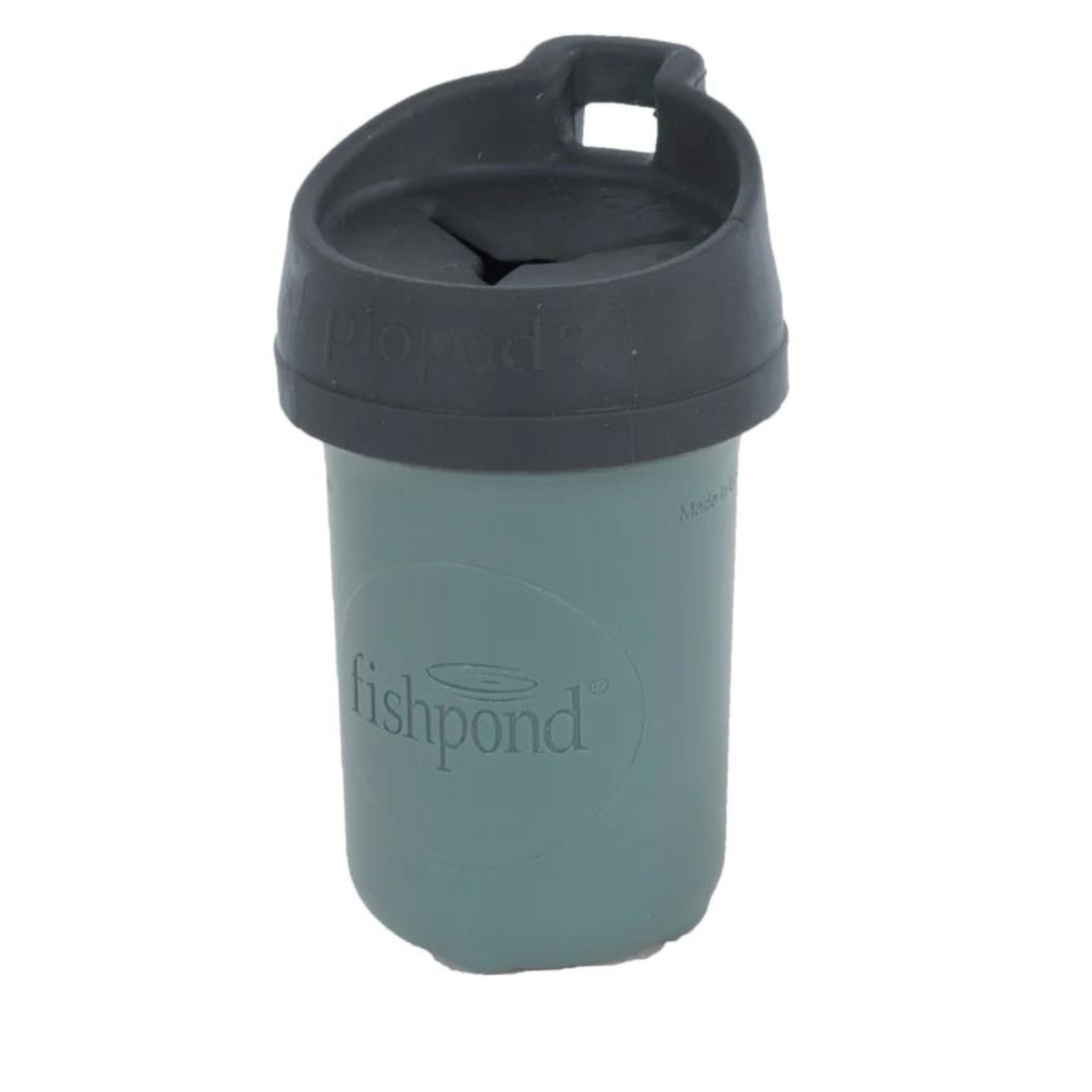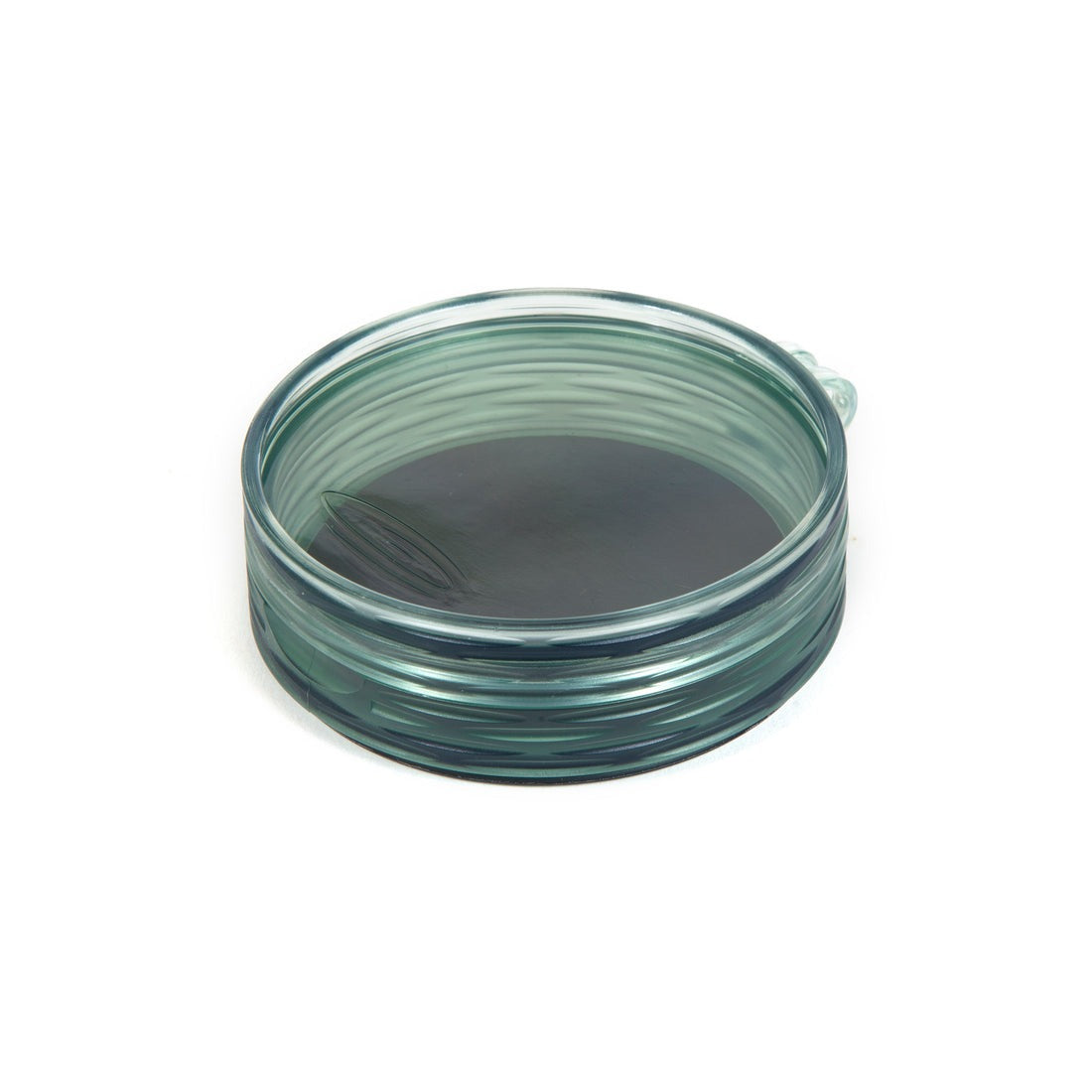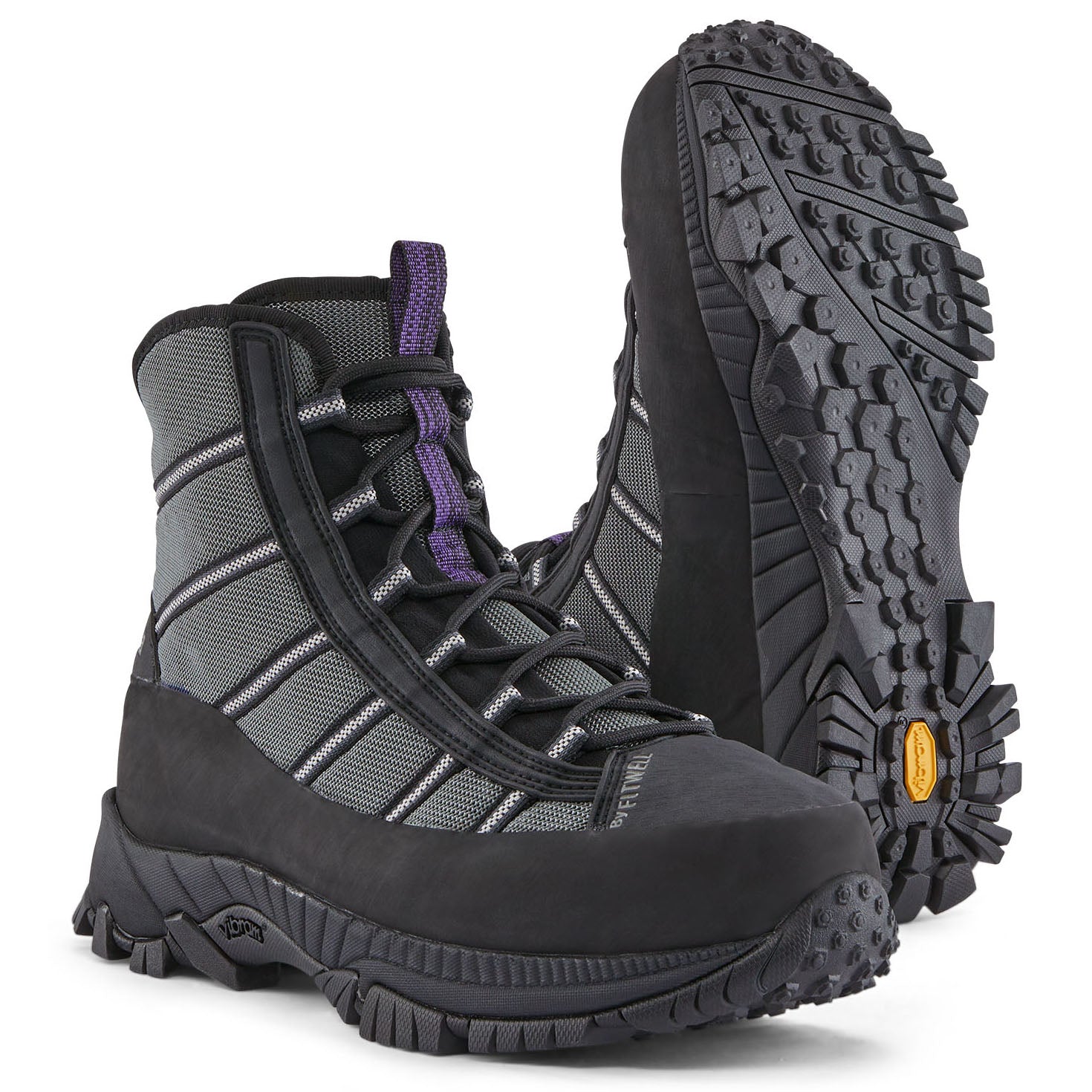Henry's Fork Report - June 1, 2023

Henry’s Fork Streamflows
Island Park Dam: 1250 cfs
Ashton Dam: 2710 cfs
St. Anthony: 4280 cfs
Fall River: 2700 cfs
June comes sliding in with the Henry’s Fork in good shape flowing at levels just about where we want them. Fishing has been picking up this past week with the arrival of the salmonflies in several reaches of the river, this hatch usually marks the kickoff that begins to bring trout into their summertime feeding habits and venturing more regularly from their winter water. We’ve been in a nice pattern of partly sunny with afternoon thundershowers, so the daily fishing reflects those changes in weather, but anglers should generally find fair conditions through most of the system.
Box Canyon
The Box remains at a comfortable flow, high enough to float it easily and not so high that it’s difficult to fish. This week should mark the appearance of salmonflies in the canyon, which is always an exciting time in one of our favorite pieces of water. When there aren’t salmonflies on the menu, anglers should be prepared to fish sub-surface with indicator nymphing rigs or dry/dropper rigs. Rubberlegs 4-10, hot spot perdigons 14-18, caddis pupa 14-16, zebra midges 14-20, and some of your favorite mayfly nymphs in 14-18 will bring forth some strikes from hungry trout. Afternoon showers sneak up on you in the Box and other canyons, so be sure to bring a rain jacket and a warm layer!
Railroad Ranch
Closed until June 15th
Canyon Country
This is likely one of the busiest weeks in the canyon sections of the Henry’s Fork with anglers trying to time their forays into these sections to coincide with the salmonfly hatch. These canyons have impressive numbers of stoneflies and the hatch down there can be a sight to see. Dry/dropper “Chubberlegs” rigs are the top choice, an easy-to-see and high-riding Chubby Chernobyl dry fly with a rubberlegs nymph dropper about 3’ underneath. We especially like our BSA tungsten-weighted jig rubberlegs for this particular rig. If they start eating the dry, try chopping off the dropper fly and enjoy the art of dry fly fishing, impressive trout come to the surface when salmonflies are on the water, there are times that a dropper can inhibit this particular opportunity. Again, be prepared for changes in the weather if committing to the canyon floats, it’s impossible to see the storms coming until they’re upon you!
Warm River to Ashton
With stoneflies around, this beautiful piece of water is seeing plenty of attention and has been producing some quality fish and great fishing days. It’s a little bit of “choose your own adventure” down here, you can pick your method and likely find some feisty trout to tango with. Dry flies, dry/droppers, indicator nymph rigs, and streamer rigs all have potential to bring quality trout to the net. Golden Stones and Salmonfly patterns are the top choices for dries, with rubberlegs leading the charge on the nymph selection. By next week’s report I hope to see the trout beginning to respond to smaller flies more frequently.
Below Ashton Dam
With salmonflies having been around for a few days, the lower Henry’s Fork is beginning to show a little more consistency and exciting fishing. Expect some upsets here later this next week as the trout begin to shift away from the stoneflies as the big bugs wane and get to consistently eating smaller morsels of food like PMD, caddis and flav nymphs. There should be stoneflies of many colors around for the next couple of weeks, but the biggest of the bunch, the salmonflies, usually don’t last long. Caddis have been making a presence out there and march browns aren’t totally out of the question on a cloudy afternoon, or their spinners on a calm morning. You’ll want to show up with several versions of salmonflies and goldens, both fluttering and down-wing imitations should be represented in your box. Caddis 14-16, rusty spinners 14-16, and purple haze 14-16, some sparkle duns 14-18 and a few emergent patterns like the bubble butt caddis and a crippled version of a mayfly 14 should prepare you for most dry fly situations. Nymphing wise, you’ll want all the aforementioned bugs represented but be sure to add zebra midges 14-18 and perdigons like the Bullet Quill, Spanish Bullet, and the Olive Hot Spot 14-18 to your selection.
The river below the Fall River confluence is now starting to shape up and remain fishable on most days. A close eye on the weather and the hydrograph will help you know when the Fall River is pushing dirty water. A stormy evening in the southeast corner of Yellowstone can result in dirty water on the lower Henry’s Fork the next day. Indicator and dry/dropper nymph rigs are showing the best results still, but be on the lookout for stonefly and caddis fishing opportunity.
Good luck and have fun out there!
